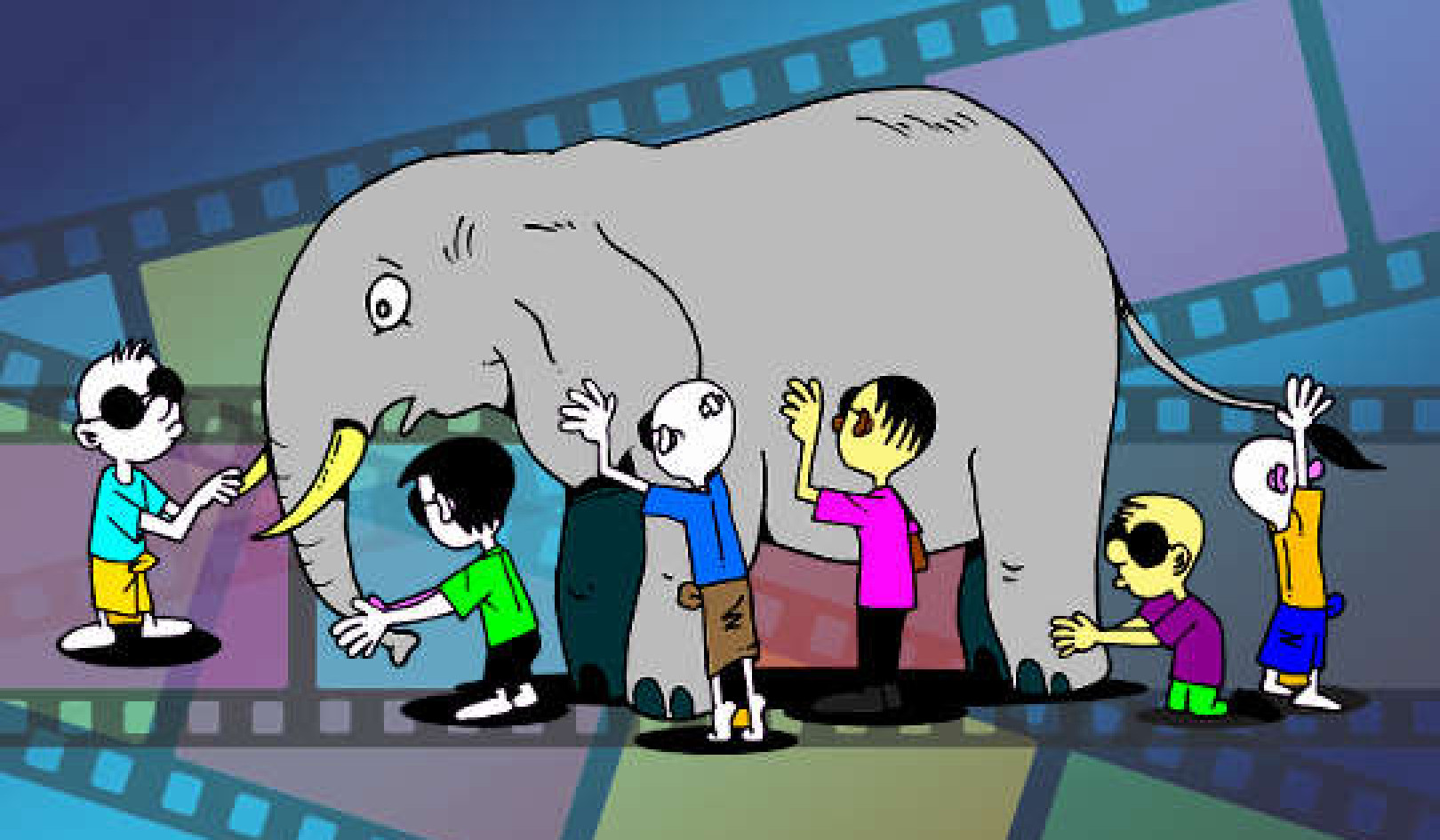
The way we attach to others romantically is intrinsically linked to how we attached to our parents as infants. www.shutterstock.com
Research across many years and many cultures has found around 35-40% of people say they feel insecure in their adult relationships. While 60-65% experience secure, loving and satisfying relationships.
How secure or insecure we are with our romantic partners depends, in part, on how we bonded with our parents at a young age. From the day we were born we turned to our parents (or guardians) for love, comfort and security, especially in times of distress. For this reason we call them “attachment figures”.
When our attachment figures respond to our distress in ways that meet our needs, we feel comforted and supported, our distress is reduced, and we learn our attachment figures can be counted on in stressful times.
But if parents often respond to a child’s distress by downplaying their emotions, rejecting their pleas for help, or making the child feel foolish, the child will learn not to trust their attachment figures for help, and to suppress their worries and emotions and deal with them alone. These downplaying strategies are called “deactivating attachment strategies”.
For others, parents respond to a child’s distress by being inconsistent in the support they provide, or not providing the right kind of support. Perhaps they sometimes recognise their child’s distress; other times they don’t acknowledge the distress, or focus on how the distress made them feel rather than helping the child manage their feelings.
Or, some parents might provide support but it’s not what the child needs. For example, a child might need encouragement to deal with a challenge, but the parent tries to be sympathetic and agrees the child can’t deal with the challenge. Regular exposure to these kinds of parenting experiences means those children can experience excessive worry, especially when stressed, and go to a lot of effort to be very close to their attachment figures. These strategies of increasing worry and seeking excessive closeness are called “hyperactivating strategies”.

If a parent consistently ignores a child’s distress, the child will grow to learn they can’t trust their attachment figures to help them. www.shutterstock.com
What are the attachment styles?
These strategies, along with people’s thoughts and feelings about relationships, form the basis of a person’s attachment style in adulthood.
Our own attachment style is the result of how we rate on two factors – attachment anxiety and attachment avoidance. Attachment anxiety ranges from low to high, with people high on attachment anxiety exhibiting a high need for approval, an intense desire to be physically and emotionally close to others (especially romantic partners), and difficulties containing their distress and emotions in relationships.
Attachment avoidance also ranges from low to high, with people high on attachment avoidance exhibiting a distrust of others, a discomfort being intimate and emotionally close to others, excessive self-reliance, and a tendency to suppress their worries and emotions.
People who rate low on both attachment anxiety and avoidance have a secure attachment. They’re trusting of others, comfortable with sharing emotions and being close to others, and tend not to downplay or exaggerate their distress. They also feel confident in problem-solving challenges and life stressors as well as turning to others for support.
Can they change over time?
Our attachment styles are thought to be moderately stable throughout life, although some people do manage to change from an insecure attachment to a secure attachment style. But this doesn’t just happen, it takes a lot of effort.
Research suggests that although attachment styles can become harder to change as we age, life events and experiences that challenge our pre-existing beliefs about relationships can bring about changes in our attachment style.
Getting married and developing shared goals that reinforce a love and commitment towards another have been found to reduce attachment insecurity. But events that are viewed as threats to one’s relationship or the loss of connection (such as experiencing partner rejection) can increase attachment insecurity.

When love and commitment is reinforced, like through marriage, an insecure attachment style can shift over time to a secure attachment. www.shutterstock.com
How do they affect our romantic relationships?
Our attachment styles have been found to effect the way we initiate, maintain and end relationships.
Unsurprisingly, those who have a secure attachment style tend to fare best in romantic relationships. They report the highest relationship satisfaction, tend to deal with conflicts by engaging in constructive behaviours, listen to their partner’s point of view, and do a good job of managing their emotions. These people also effectively support their partners both in times of distress and success.
When it comes to relationship initiation, these people tend to more confidently interact with potential partners. They also engage in an appropriate amount of disclosure about themselves. When they break up from a relationship, they tend to experience fewer negative emotions, engage in less partner-blaming, and are more likely to turn to people for support. They also demonstrate a greater willingness to accept the loss and start dating sooner than some insecurely attached people.
Those who experience attachment insecurity tend to report less relationship satisfaction. Those high on attachment anxiety tend to engage in conflict and do so in a destructive way that includes the use of criticism, blame, and trying to make the other feel guilty.
When they engage in support, they can be overhelpful and so the support can come across as smothering or overbearing. In terms of initiating relationships, these people can come across as very friendly and likeable but can over-disclose too early in the relationship and may try to pursue the relationship at a fast pace.
When it comes to break-ups, they can find it hard to let go, experience a high degree of distress, and try different tactics to get back with their partner.
Those high in attachment avoidance tend to avoid conflict by withdrawing from their partners, emotionally shutting down, and refusing to discuss issues when they arise. They also find it difficult to provide support, and if they are obliged to help their partner, they do so in a withdrawn and uninvolved way.

Those with secure attachments are likely to start dating again sooner. www.shutterstock.com
In terms of initiating relationships, those high on attachment avoidance seem emotionally uninvolved and detached in the early stages of a relationship, and can try to present an over-inflated self-image.
In terms of relationship break-up, people high on avoidance tend to report experiencing low levels of distress and do not pursue former partners. If a break-up is to occur, they tend to go about it in a round-a-bout way to avoid openly saying they want the relationship to end, to avoid conflict and uncomfortable discussions.
The differences in the way securely and insecurely attached people behave in their relationships are most obvious in times of stress. Many studies have shown stress increases the risk of negative outcomes for insecure people: reductions in relationship satisfaction and increases in destructive conflict behaviours.
How can you boost your security?
Increasing someone’s sense of security can be done in a variety of ways. One involves exposure to words or pictures that promote feelings of love, comfort and connection (such as showing people a picture of a mother holding a child, a couple embracing, or words such as “hug” and “love”). Another is to have them recall past events when a person comforted them.
Another line of research has investigated how partners can best support each other to either reduce or minimise attachment insecurity. Preliminary research suggests making people feel safe and boosting their self-confidence is a good strategy for those high in attachment anxiety.
For those high in attachment avoidance, not being as attacking and critical during conflicts or when dealing with emotional issues may be the best way.
Within the field of relationship counselling, a therapeutic approach called Emotionally Focused Couples Therapy (EFCT) has been developed to address the negative impact of attachment insecurity in romantic couples, and has been found to be effective.
EFCT focuses on disrupting cycles of negative interactions between partners and getting both members of the couple to deal with each other’s attachment fears and concerns such as rejection and abandonment. Couples then learn from a therapist how to communicate their attachment needs for love, comfort and security more effectively to one another.
The pursuit of secure and loving human connection is a real challenge for some, but positive future relationship experiences have the power to move people from a place of insecurity to one where love, acceptance, and comfort can be found.![]()
About the Author
Gery Karantzas, Associate professor in Social Psychology / Relationship Science, Deakin University
This article is republished from The Conversation under a Creative Commons license. Read the original article.

Related Books:
The Five Love Languages: The Secret to Love That Lasts
by Gary Chapman
This book explores the concept of "love languages," or the ways in which individuals give and receive love, and offers advice for building strong relationships based on mutual understanding and respect.
Click for more info or to order
The Seven Principles for Making Marriage Work: A Practical Guide from the Country's Foremost Relationship Expert
by John M. Gottman and Nan Silver
The authors, leading relationship experts, offer advice for building a successful marriage based on research and practice, including tips for communication, conflict resolution, and emotional connection.
Click for more info or to order
Come as You Are: The Surprising New Science that Will Transform Your Sex Life
by Emily Nagoski
This book explores the science of sexual desire and offers insights and strategies for enhancing sexual pleasure and connection in relationships.
Click for more info or to order
Attached: The New Science of Adult Attachment and How It Can Help You Find—and Keep—Love
by Amir Levine and Rachel Heller
This book explores the science of adult attachment and offers insights and strategies for building healthy and fulfilling relationships.
Click for more info or to order
The Relationship Cure: A 5 Step Guide to Strengthening Your Marriage, Family, and Friendships
by John M. Gottman
The author, a leading relationship expert, offers a 5-step guide for building stronger and more meaningful relationships with loved ones, based on principles of emotional connection and empathy.






























